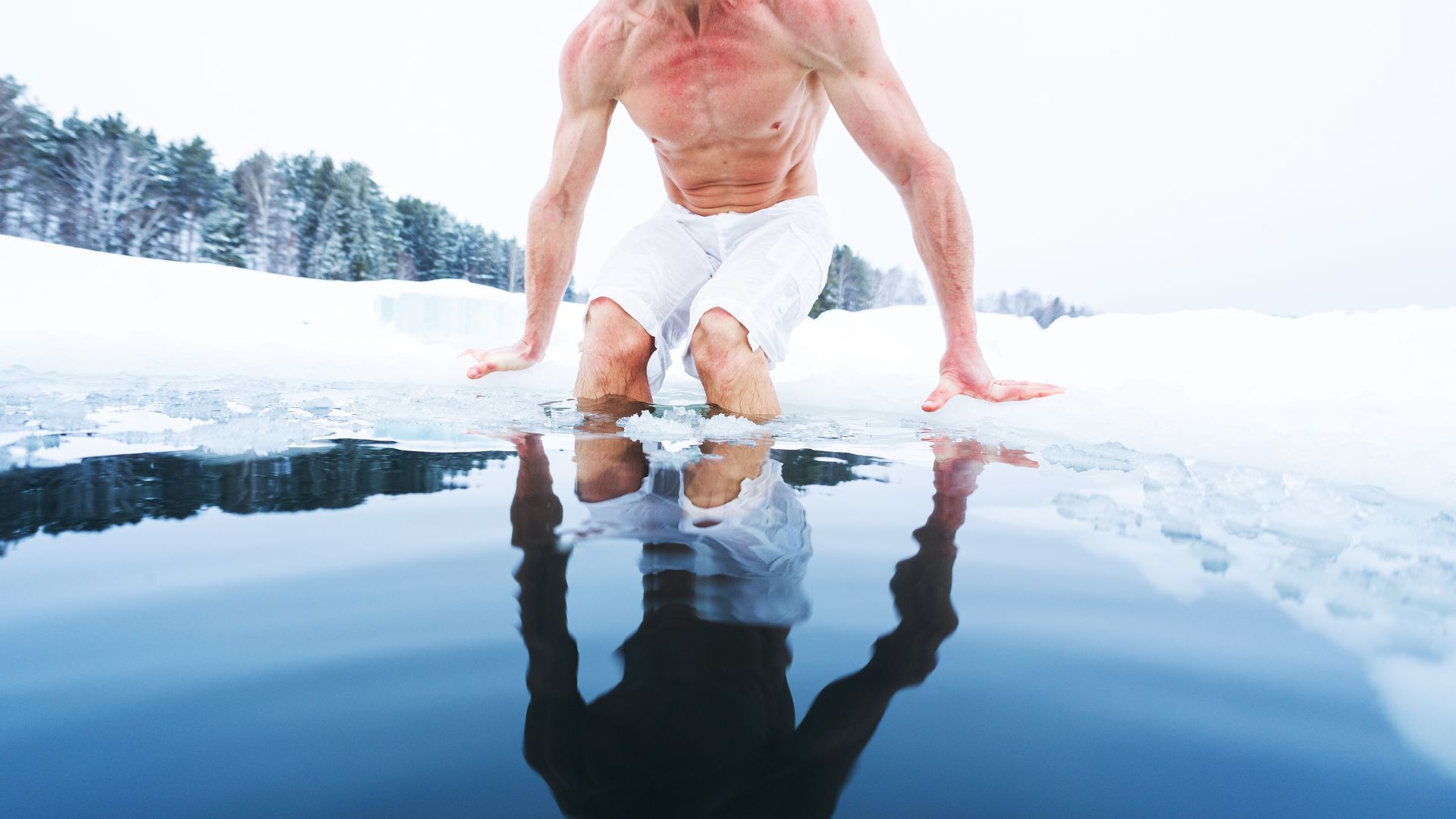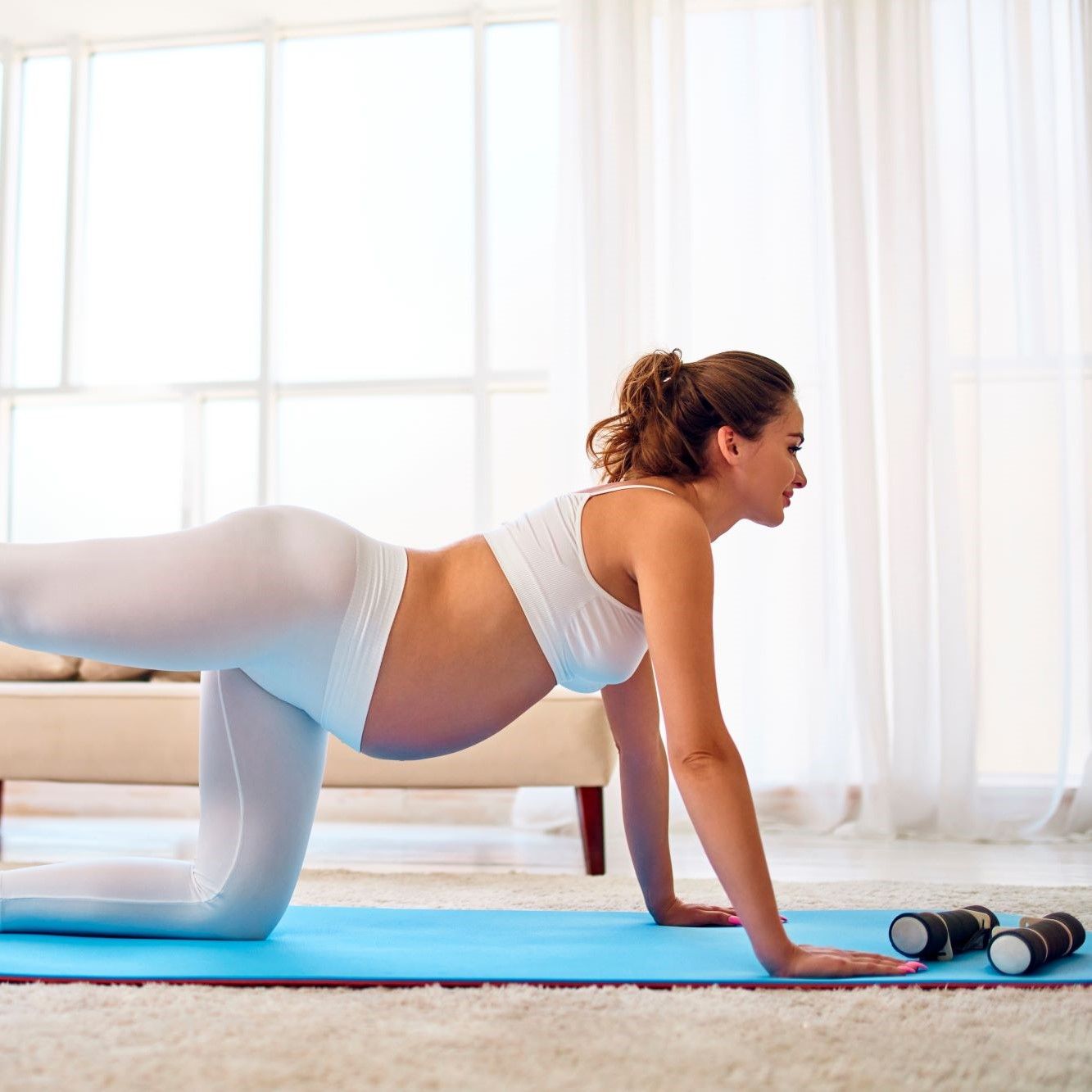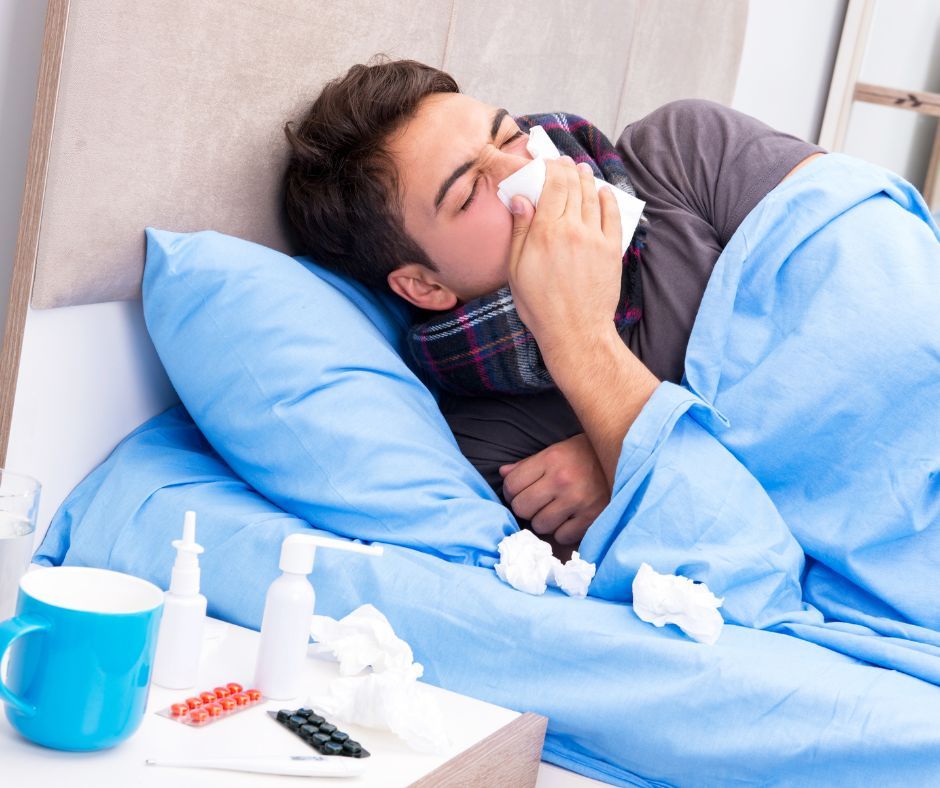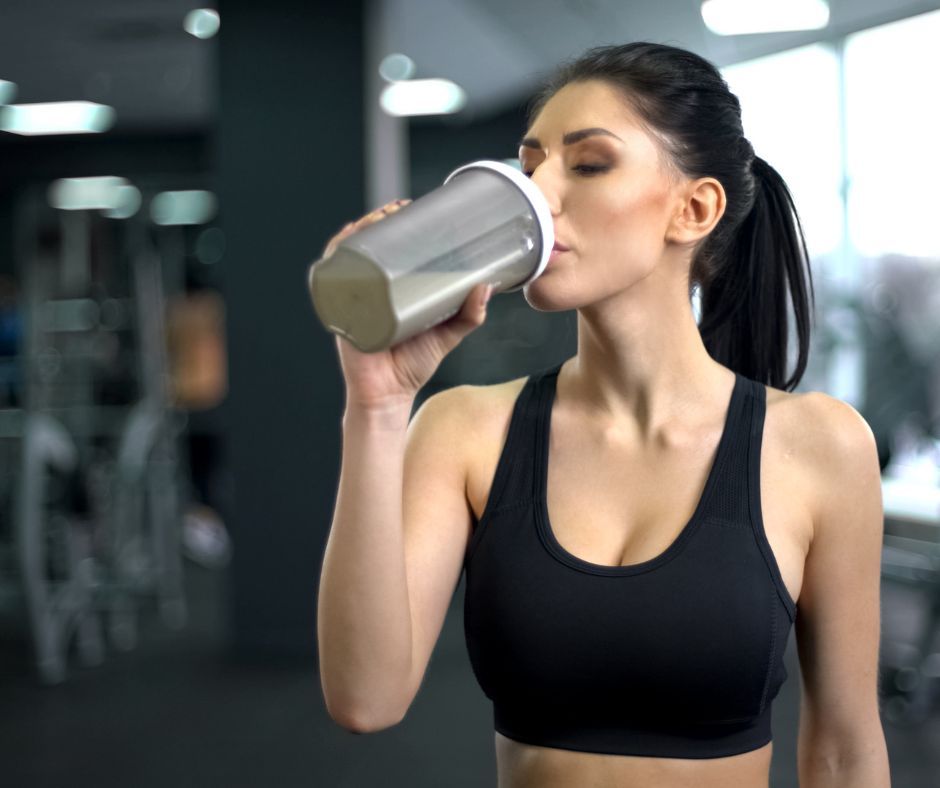Let’s face it – training hard can leave us feeling pretty beat up, so it’s only normal to do anything possible to improve our recovery. Dunking yourself in an ice bath (AKA cold water immersion therapy) isn’t anything new; in fact, people have been doing it since as far back as 3,500 BC! (1). However, their use for exercise recovery has become increasingly popular over the past decade.
Athletes have been using them to help recover from tough training sessions and matches/competitions for decades and it is becoming increasingly popular for regular gym-goers to use them. The belief is that ice baths will help with three main things after a tough training session or match/competition:
- Reduce muscle soreness,
- Improve the rate of recovery of physical performance, and
- Improve long-term gains in muscle size and strength.
But do ice baths really help improve our recovery or is it a placebo? Is it all just in our heads?
Effects on Muscle soreness (DOMS)
Intense training and competition can result in delayed onset muscle soreness (DOMS). It’s something you probably have a love/hate relationship with; you like to know you’ve done enough work to cause some soreness, but too much can leave you feeling weak, fragile and stiff! It’s been well shown that muscle soreness can impair physical performance (2) and can take as long as 42 days to return to baseline performance levels following extreme DOMS, (3) so reducing its severity would be a huge advantage to help you continue performing at your best. However, whether it helps or not is not so clear-cut.
The effects of ice baths on DOMS have been a central part of research over the past few decades and there have been mixed results. The latest meta-analysis of studies in 2017 showed that it did not help to reduce DOMS in team sport athletes. (4) However, an earlier meta-analysis found that it slightly helped to reduce DOMS compared to passive recovery (5), and an even earlier meta-analysis found that it was effective in reducing DOMS (6). So although it doesn’t seem to be beneficial for team sport athletes, one thing that is for sure is that ice baths at least haven’t made DOMS worse and could be of some benefit.
Effects on Physical Performance
Any form of training or intense physical activity that stresses our bodies to a large enough degree causes performance to decline for a while. This is actually how changes in your fitness level and body are stimulated and is termed the general adaptation syndrome (GAS). Here is how it works
- The body experiences significant stress
- The stress causes fatigue, damage to tissue and changes in physiology
- The body rebuilds and improves its systems to better handle the stress in the future
But periods of reduced performance prevent us from training or competing at our best until we’ve recovered. This is where many turn to plunging into icy water to help improve their recovery rate so that they can perform at their best again sooner. However, ice baths don’t look too promising at making any reliable or predictable difference.
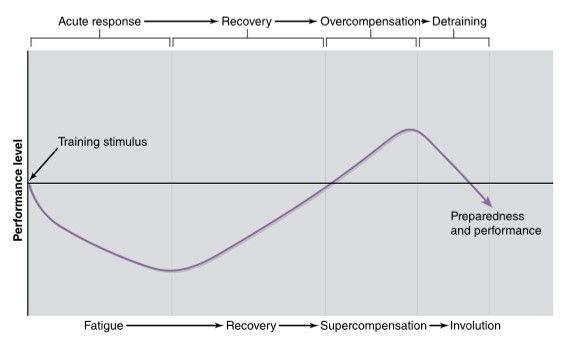
Taken from Haff & Triplett (2016)
A meta-analysis on team sport athletes found that ice baths did not help to improve accumulated sprint times or the clearance of creatine kinase (an enzyme indicative of muscle damage) within 90 hours. It did find that it helped attenuate decrements in neuromuscular performance and best sprint time, but only at the 24-hour mark after the ice bath – it did not help to improve recovery at any other time point (1, 48, 72 and 90 hours afterwards). They also found that it helped to reduce subjective levels of fatigue, but again, it was only at the 72-hour time point and at no other time point. (4)
Effects on Muscle Size and Strength Gains
The idea of an ice bath after a tough gym session is that if you can recover faster from training, you can train more frequently and make gains in fitness, muscle size and strength faster. However, what’s best for short-term recovery isn’t always the best for gains in fitness/muscle size and strength.
A meta-analysis found that ice baths with the whole body submerged did not improve gains in muscular strength. In fact, it showed that when a single limb was submerged in cold water, it resulted in worse gains in strength! (7). This is believed to be due to cold water reducing the rate of muscle protein synthesis and blood flow to the muscles, consequently reducing the uptake of amino acids. Muscle protein synthesis and the uptake of amino acids are both important for the repair and growth of muscle tissue.
Should You Use Ice Baths to Aid Your Recovery?
All-in-all, the majority of the research to date has shown that ice baths do little to nothing to help with recovery. It could slightly reduce the severity of DOMS and perceived levels of fatigue, and improve the recovery of performance at very specific time points, but it's not something I believe you could rely on. In saying that, the studies show that it won’t do anything to harm recovery in the short term, so it still might be worth incorporating into your recovery strategy, however, if gaining strength is your goal, then ice baths should be used very strategically to help avoid any negative impact on strength gains.
Key Takeaways
- Ice baths are unlikely to reduce the severity of DOMS in athletes, but might help with DOMS in non-athletes.
- When quick recovery is required, ice baths might help to reduce decrements in performance and perceived feelings of fatigue. At the very least, it won’t negatively affect recovery.
- Ice baths are unlikely to help improve strength gains from training and could impair gains if not strategically used.
References
- Cold for centuries: a brief history of cryotherapies to improve health, injury and post exercise recovery. Allan, R., et al. s.l. : European Journal of Applied Physiology, 2022, Vol. 122.
- Advances in Delayed-Onset Muscle Soreness (DOMS): Part I: Pathogenesis and Diagnostics. Hotfiel, T., et al. 04, s.l. : Sportverletz Sportschaden, 2018, Vol. 32.
- Neural and morphological changes in response to a 20-day intense eccentric training protocol. Krentz, J. R. and Farthing, J. P. s.l. : Eur J Appl Physiol, 2010, Vol. 110.
- Effects of cold water immersion and contrast water therapy for recovery from team sport: A systematic review and meta-analysis. Higgins, T. R., Greene, D. A. and Baker, M. K. 5, s.l. : Journal of Strength and Conditioning Research, 2016, Vol. 31.
- Can Water Temperature and Immersion Time Influence the Effect of Cold Water Immersion on Muscle Soreness? A Systematic Review and Meta-Analysis. Machado, A. F., et al. s.l. : Sports Med, 2016, Vol. 46.
- Cold water immersion and recovery from strenuous exercise: A meta-analysis. Leeder, J. D.C., et al. s.l. : Brittish Journal of Sports Medicine, 2011.
- Effects of post-exercise cold-water immersion on resistance training-induced gains in muscular strength: a systematic review and meta-analysis. Grgic, J. s.l. : European Journal of Sport Science, 2022.

